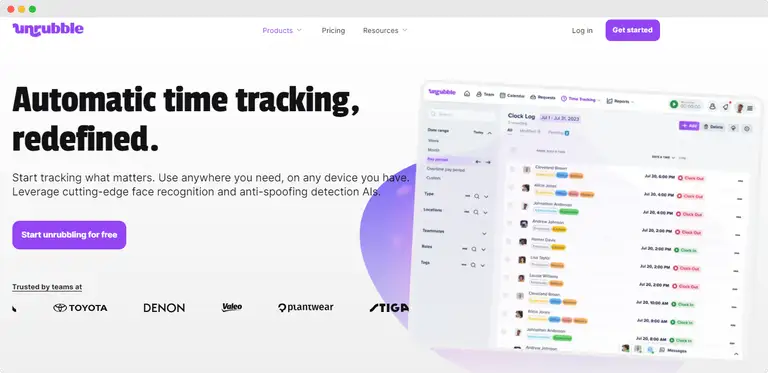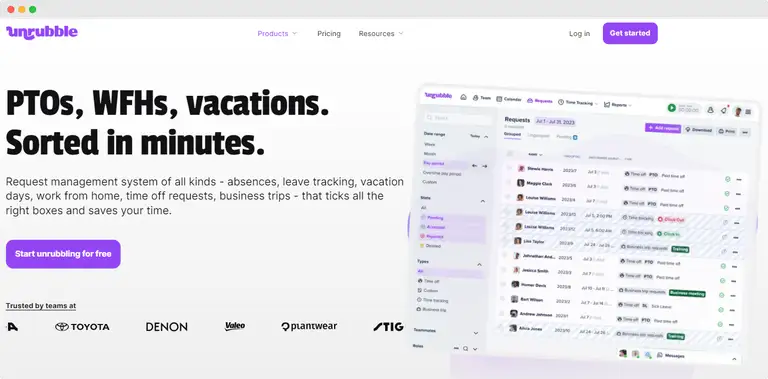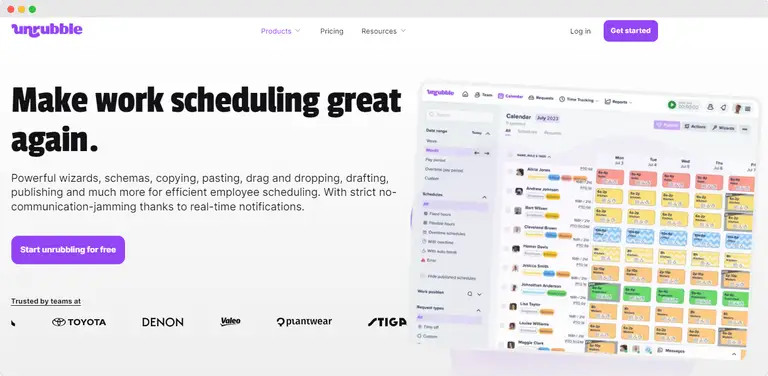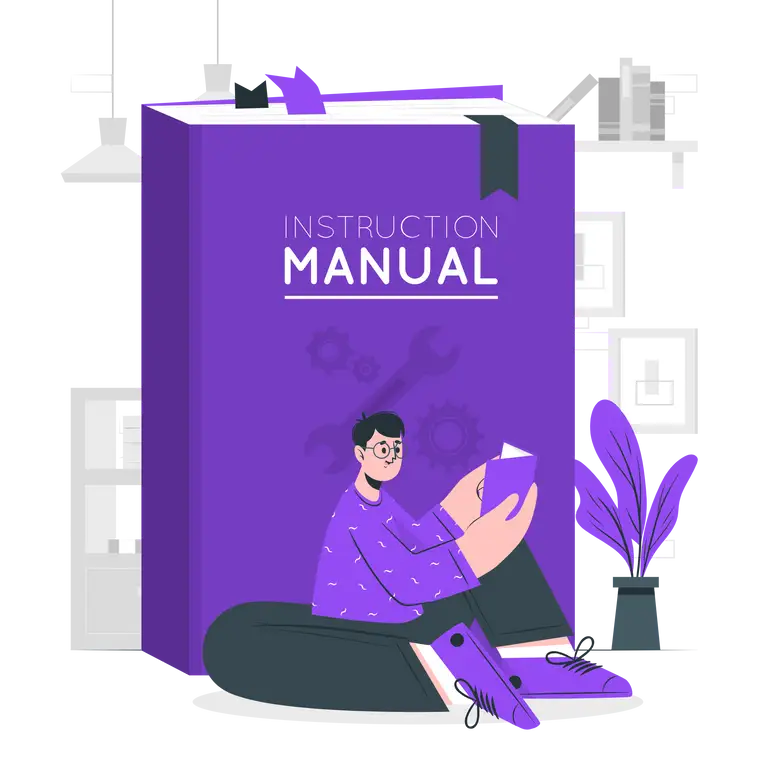Are you a business owner looking to hire the perfect candidate for your company?
Crafting the right employment contract is the first step toward a successful partnership.
In this article, we've got the ultimate solution for you – the best employment contract template for employers looking to make a new hire.
Say goodbye to confusion and legal jargon, and hello to a hassle-free hiring process!
What is an employment contract?
An employment contract is like a deal between your business and an employee. It's a paper or digital document that spells out what an employee is hired to do, their salary, hours, and other important things like vacation days and maybe health benefits. It's basically the rule book for a job role.
In the USA, these contracts can be super detailed or pretty basic.
The big thing here is 'at-will' employment. This means either you or your boss can end the job at any time, for almost any reason. But, if there's a contract, it needs to be followed. For example, if it says an employee gets two weeks' notice before being let go, that's a must.
Over in the European Union (EU), things are a bit different.
EU countries usually have stricter rules. Contracts there often give more job security and clearer terms about how and when you can be fired. Plus, they tend to include more worker protections, like longer paid vacations or parental leave.
So, in short, employment contracts are like the guidebook for a job, outlining what you and your employees expect from each other. In the US, they're a bit more flexible but can vary a lot. In the EU, on the other hand, they're usually more detailed and protective of workers.
Different types of employment contracts

In general, we can distinguish the following employment agreement types:
Fixed-term
This is a contract for a specific period. It has a clear start and end date. It's like signing up for a project with an expiry date. You're hired to do a job for a set time – could be a few months, a year, or more. Once the time's up, so is the contract, unless it gets renewed.
- Pros: clear end date, often comes with specific goals, good for short projects.
- Cons: lack of long-term job security, might miss out on some benefits, uncertainty about future employment.
Permanent
Think of this as the classic job contract. There's no set end date. You're in it for the long haul. You get a steady job, usually with all the standard benefits like holiday pay and pensions. The deal lasts until you or your employer decide to part ways.
- Pros: job security, usually more benefits for the employees (like pensions), and an opportunity for long-term growth.
- Cons: less flexibility in terms of leaving, employees can feel stuck in one place, and potential for complacency in the role.
Temporary
This one's similar to a fixed-term contract but it's usually for a shorter period. It's for immediate, short-term needs – like covering for someone on maternity leave. An employee is there to fill a gap, and once the need is met, the contract ends.
- Pros: flexibility, opportunity to test different jobs, can lead to permanent positions.
- Cons: limited job security, often fewer benefits, uncertainty about future job prospects.
Part-time
Part-time means an employee works fewer hours than a full-time role. It's great for balancing work with other parts of life, like studying or family. The employee still gets some benefits, but they might be less than a full-time employee, depending on the hours they work.
- Pros: flexibility, work-life balance, opportunity to combine with studies or other activities.
- Cons: lower income than full-time, fewer benefits, can be seen as less committed by some employers.
Full-time
This is a typical 9-to-5 job. The employee works a full set of hours each week. Full-timers usually get the full range of benefits offered by the employer, like health insurance, and have a steady, predictable schedule.
- Pros: steady income, more benefits (like health insurance), consistent work schedule.
- Cons: less personal time, can be demanding, less flexibility.
Zero-hours
These contracts are super flexible. The employee is not guaranteed any set hours. They work when they are needed, which can change week to week. It's great for fitting work around an employee’s life, but it means the income can be up and down.
- Pros: ultimate flexibility, can work as needed, good for unpredictable schedules.
- Cons: unpredictable income, lack of job security, often no benefits.
Freelance
As a freelancer, the employee is their own boss. They work for clients on specific projects or tasks but they are not an employee. They manage your own taxes, set their rates, and choose their hours. It's all about independence but without the safety net of a regular salary.
- Pros: high flexibility, control over workload, ability to work with multiple clients.
- Cons: unsteady income, responsible for own taxes and benefits, need to constantly find new work.
Internship
Internships are all about learning and gaining experience, often while someone is still studying. They can be paid or unpaid and give the employee a taste of professional life in their field of interest. It's a foot in the door, but not a permanent position.
- Pros: gain experience, network building, stepping stone to full-time employment.
- Cons: often low or unpaid, might not lead to a job, can be given menial tasks.
Apprenticeship
These are a mix of work and training. The employee is learning a trade or skill by actually doing the job. They get paid, but usually less than qualified professionals, as they are still in training. It's a pathway to becoming fully skilled in a specific area.
- Pros: earn while learning, gain practical skills, pathway to a specific career.
- Cons: lower pay compared to qualified professionals, can be lengthy, balancing work and study.
Each type serves a different purpose, fitting various needs and lifestyles. Whether you want stability, flexibility, or a chance to learn, there's a contract type that matches.
Pro tip: For different types of employment contracts, workplace scheduling and time tracking - look no further than Unrubble. It’s your go-to tool for making work scheduling a breeze. Whether you’re managing a team of full-timers, part-timers, or a mix, Unrubble has got you covered.
It's easy and quick. You can make schedules fast and everyone stays updated. It works great on phones too. Lots of teams already use it to make their work easier. With Unrubble, you save time and keep your team happy. Give it a go for free and make your scheduling simple.

If you're standing in front of a task to create an employment contract, here's what you might want to consider including:
Job title and description
This part of the employment agreement is straightforward. The title and description outline what the new employee will do. It's a summary of duties and responsibilities, giving a clear picture of the role. It helps both the employer and the employee understand what's expected.
Compensation
Here's where you talk money in the employee contract. Compensation covers salary or hourly wage. It should also mention overtime rates if applicable. The terms and conditions for raises or bonuses can be included here too.
Pro tip: Unrubble is a game-changer for PTO tracking, time-off management, and streamlining payroll processes. With Unrubble, you can sort out PTOs, WFHs, and vacation days in just minutes.
Our cutting-edge PTO tracker ensures accuracy and efficiency. As such, we make request planning and employee time tracking hassle-free. Say goodbye to costly payroll errors. Welcome a new level of precision in managing employee requests.
Whether it's streamlining leave management or accelerating leave approvals, Unrubble's intuitive interface and real-time updates make the process straightforward and quick.
Plus, with its seamless integration with other software, Unrubble is the perfect fit for your team. It’s not just a tool - it's a smarter way to manage your team's time off and compensation. Check it out today.

Probationary period
A probationary period is like a trial run in an at-will employment agreement. It's a time when the agreement may be terminated by either party with minimal notice. This gives both the new employee and the employer a chance to see if it's a good fit.
Termination and notice period
This is about how to end things properly. The termination and notice period clause sets how much notice the employee or employer needs to give to end the employment agreement. It's a key part of the terms and conditions.
Benefits
Benefits aren’t just health insurance. They can include vacation time, pensions, or gym memberships. It's a part of the job offer letter that can really matter to an employee.
Work schedule
This section details the expected work schedule, like 9-to-5 or shift work, as per the terms of employment. It's important for both the employer and the employee to agree on this. It can also mention flexibility or the potential for remote work.
Pro tip: Do you need help with work schedules? Check out Unrubble. It's great for any schedule, like 9-to-5 or shift work. It's super easy to use and keeps everyone in the loop.
You can even manage remote work with it. Unrubble makes sure everyone agrees on the schedule and keeps things running smoothly. Give it a try and see how it makes scheduling simpler and more flexible.

Confidentiality and non-disclosure
Super important for protecting trade secrets. The confidentiality and non-disclosure clause means the employee agrees not to share secret company info. It's a must in most contracts.
Intellectual property
This part states that what the employee creates at work, stays with the employer. The intellectual property clause, often part of an independent contractor agreement, covers inventions, ideas, or other creations made during employment.
Non-compete and non-solicitation clauses
These clauses are about the future. Non-compete and non-solicitation clauses prevent the employee from joining a competitor or poaching clients for a set time after leaving the company. They're key for protecting the business.
Dispute resolution
If things get rocky, the dispute resolution section, governed by the laws of the state, outlines how disputes are handled. This happens often through mediation or arbitration. It’s a way to solve issues without going to court.
Code of conduct
This outlines expected behavior in the employee handbook. The code of conduct can cover everything from dress code to social media use. It’s about setting standards for how both the employer and employee may act.
Severance
In cases where employment may be terminated, the employee must understand the termination terms. They are often detailed in a separate PDF document attached to the contract. This outlines any compensation or benefits the employee is entitled to upon leaving the company.
How to write an employment contract?

Well, let's break it down step by step:
Add the major details
First off, you want to add all the major details. This is where you lay down the groundwork – think of it like setting the stage for both the employee and employer. You're outlining the who, what, when, and how of the job.
Describe the role and scope of work
Next up, describe the role and scope of work. This part is super important because it's all about clarity. You want to be as clear as glass here, ensuring that everyone knows exactly what's expected. This is not just about the title of the job, but really digging into the day-to-day tasks and how these fit into the company's bigger picture.
Identify the necessary terms
Now, let's talk about the nitty-gritty – identifying the necessary terms.
This is where you get into specifics like salary, benefits, and work hours.
Plus, you need to cover crucial aspects like termination policies. It's all about setting clear expectations and boundaries.
And hey, while you're at it, make sure to include how you can end the employment at any time (or either one of the parties) – it's a key point in today’s flexible work environment.
Here's a pro tip: sprinkle in some stuff about confidential information.
Whether it's client details or the secret sauce recipe, every business has information that needs to be kept under wraps. Make sure your contract has a section that clearly states how important it is to protect this kind of information.
And finally, don’t forget the company policies.
It's essential that these are woven into the contract. They’re like the rule book that everyone needs to play by. Whether it's dress code, social media use, or how to handle work-related travel, make sure these policies are clear and accessible.
Have a lawyer take a second look
Once you’ve got all that down, there's one last step – have a lawyer take a second look. Think of this as your safety net. They can provide a template or just ensure that everything you’ve written up is up to snuff legally. Trust me, it’s worth the extra effort to have that peace of mind.
So there you have it, a simple guide to writing an employment contract that's clear, comprehensive, and fair. Good luck!"
Free employment contract template
If you're looking for a specific template that you can use, here it is.
Or download it below.
Employment Contract
Job Title and Description
Position: [Insert the title of the job]
Description: [Provide a detailed description of the role, responsibilities, and expectations.]
Compensation
Salary: [Specify salary amount or hourly wage]
Overtime: [Include overtime rates if applicable]
Bonuses: [Terms for raises or bonuses, if any]
Work Schedule
Hours: [Detail the expected working hours, e.g., 9-to-5, shift work]
Flexibility: [Note any flexibility in schedule or potential for remote work]
Probationary Period
Duration: [Specify the length of the probationary period]
Terms: [Detail terms of evaluation and conditions during this period]
Termination and Notice Period
Notice Requirement: [Specify required notice period for termination by either party]
Conditions: [List any conditions for termination]
Benefits
List of Benefits: [Detail health insurance, vacation time, pensions, and other perks]
Confidentiality and Non-Disclosure
Obligation: [Detail the employee's obligation to protect confidential information and trade secrets]
Intellectual Property
Ownership: [State that inventions, ideas, or creations made during employment belong to the employer]
Non-Compete and Non-Solicitation Clauses
Restrictions: [Outline any post-employment restrictions on working with competitors or soliciting clients]
Duration: [Specify the duration of these clauses]
Dispute Resolution
Method: [Explain the process for resolving disputes, such as mediation or arbitration]
Governing Law: [State the governing law for the contract]
Code of Conduct
Behavioral Standards: [Set expectations for employee behavior, including dress code, ethics, and social media use]
Severance
Terms: [Detail the severance terms, including any compensation or benefits upon termination]
Employer Signature
.........................................
Employee Signature
..........................................
Download the template below.
Note: remember to adjust it to your workplace conditions, type of agreement and other variables.
Employment Contract Template
Hire an employee with our employee contract template
Now that you've discovered the perfect contract template, you're well on your way to building a dream team.
With this tool in your arsenal, navigating the hiring process has never been easier.
Don't let employment contracts become a headache – use our template and streamline your path to success.
And don't forget to use Unrubble for everything payroll, compensation, scheduling and time tracking.
Happy hiring!








